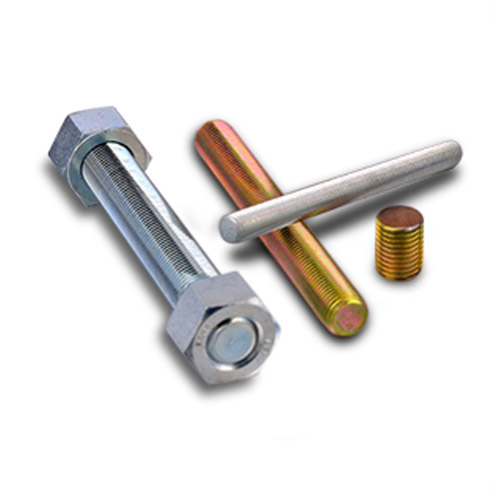ное. . 09, 2024 04:15 Back to list
Hexagonal Shaft Measurement Specifications and Guidelines for Precision Engineering Applications
Understanding Hex Shaft Dimensions A Comprehensive Guide
In the realm of mechanical engineering and design, hex shafts play a crucial role in transmitting power and motion between components. These shafts, characterized by their hexagonal cross-section, are extensively utilized in various applications, from automotive to industrial machinery. This article delves into the dimensions of hex shafts, their significance, and the standards governing their design.
The Basics of Hex Shafts
A hex shaft is a mechanical component with a hexagonal shape, which allows for better grip and torque transfer compared to round shafts. This structural shape minimizes the risk of slippage when interfaced with couplings or hubs that have a corresponding hexagonal opening. Due to this feature, hex shafts are ideal for applications requiring reliable torque transmission and secure attachment to other components.
Importance of Dimensions
The dimensions of a hex shaft are critical in determining its performance in various functions. The key dimensions include the width across flats (WAF), the overall length, and the diameter of the shaft (when applicable). Understanding these measurements is essential for engineers and designers to ensure that their mechanisms function effectively.
1. Width Across Flats (WAF) This is the measurement from one flat side of the hexagon to the opposite flat side. The WAF is fundamental because it directly influences the shaft's ability to fit into corresponding hexagonal cuts in other components, such as gears and bearings.
2. Overall Length The length of the hex shaft is vital for determining how far the shaft extends into other mechanical components. Proper length ensures a good fit and appropriate engagement with other parts for efficient power transmission.
3. Thickness and Tolerances The thickness of the hex shaft may also be a crucial dimension in applications where stress and load-bearing are factors. Precision in these measurements, including tolerances, ensures that components interact properly without causing undue wear or failure.
Standard Dimensions and Specifications
Many industrial applications follow standardized dimensions for hex shafts
. These are outlined by organizations such as the American National Standards Institute (ANSI) and the International Organization for Standardization (ISO). For example, a common standard for hex shaft dimensions in metric systems is defined under ISO 9001 specifications.hex shaft dimensions

- Metric Dimensions Common sizes for hex shafts may include width across flats like 6 mm, 8 mm, 10 mm, and greater, depending on the load requirements and application specifics. These dimensions assist in maintaining uniformity in design and manufacturing processes.
- Imperial Dimensions In the imperial system, dimensions might include 1/4 inch, 3/8 inch, and 1/2 inch WAFs. These sizes are typical in North America and are often used in automotive and machinery applications.
Material Considerations
Hex shafts can be manufactured from a variety of materials, including steel, aluminum, and plastics. The choice of material directly impacts the shaft's strength, weight, and resistance to wear. Steel hex shafts, for instance, are known for their high tensile strength, making them suitable for heavy-duty applications. On the other hand, aluminum shafts are lightweight and offer excellent corrosion resistance, which is beneficial in environments prone to rust and degradation.
Applications of Hex Shafts
Hex shafts are prevalent in numerous applications due to their versatility
- Automotive In vehicles, hex shafts can be found in steering columns, where they translate the driver’s motion into the steering mechanism. - Industrial Equipment Many manufacturing machines utilize hex shafts to couple different components, ensuring synchronized operation.
- Robotics Hex shafts facilitate the movement of robotic arms and joints, providing solid connectivity and motion efficiency.
Conclusion
In summary, hex shafts are a fundamental component in many mechanical systems, and understanding their dimensions is essential for effective design and application. From the width across flats to overall length and material choices, each aspect significantly influences performance and reliability. As industries continue to evolve, the importance of standardized dimensions and careful engineering of hex shafts will remain critical in ensuring optimal functionality across a variety of applications. Whether for automotive, industrial, or robotics uses, hex shafts play a pivotal role in the seamless operation of mechanical systems.


